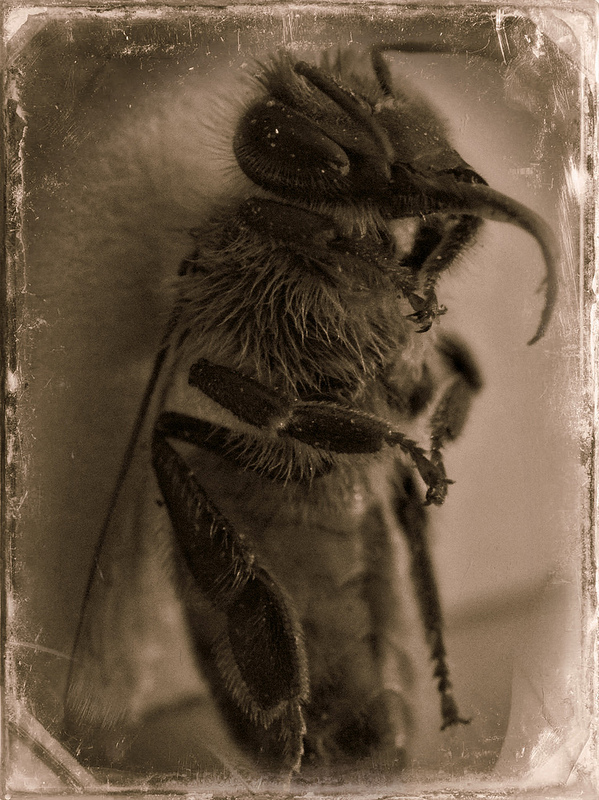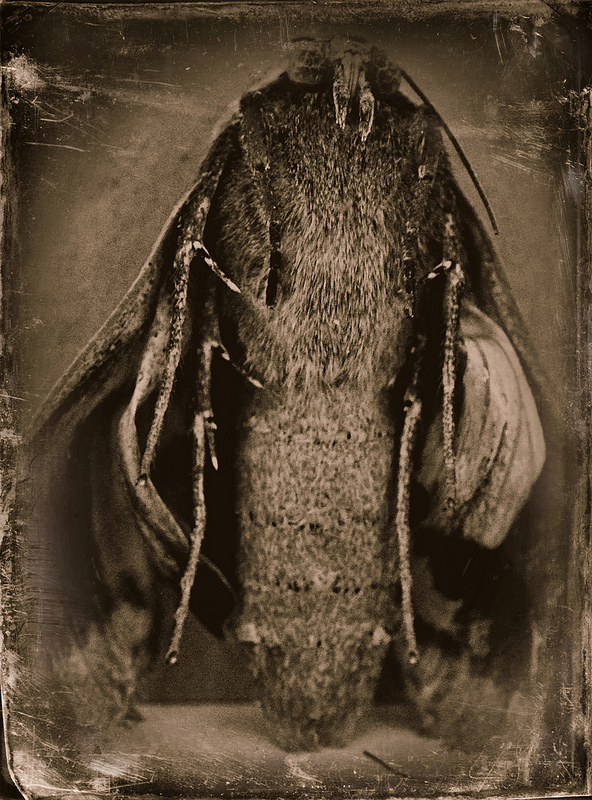The summer season in California means prime reptile catching time!
Yesterday we found a large and in charge blue belly lizard.

This reminded me of a baby blue belly that we had once kept as a pet for about a year or so. His name was ‘Brownie’ and he was very pampered. He apparently was an avid baker, especially around the holidays, and even enjoyed getting his portrait taken as a Christmas gift for his loving owner (my daughter):


Disclaimer: No animals were injured for this photo shoot and subject was duly compensated with an abundance of crickets.






